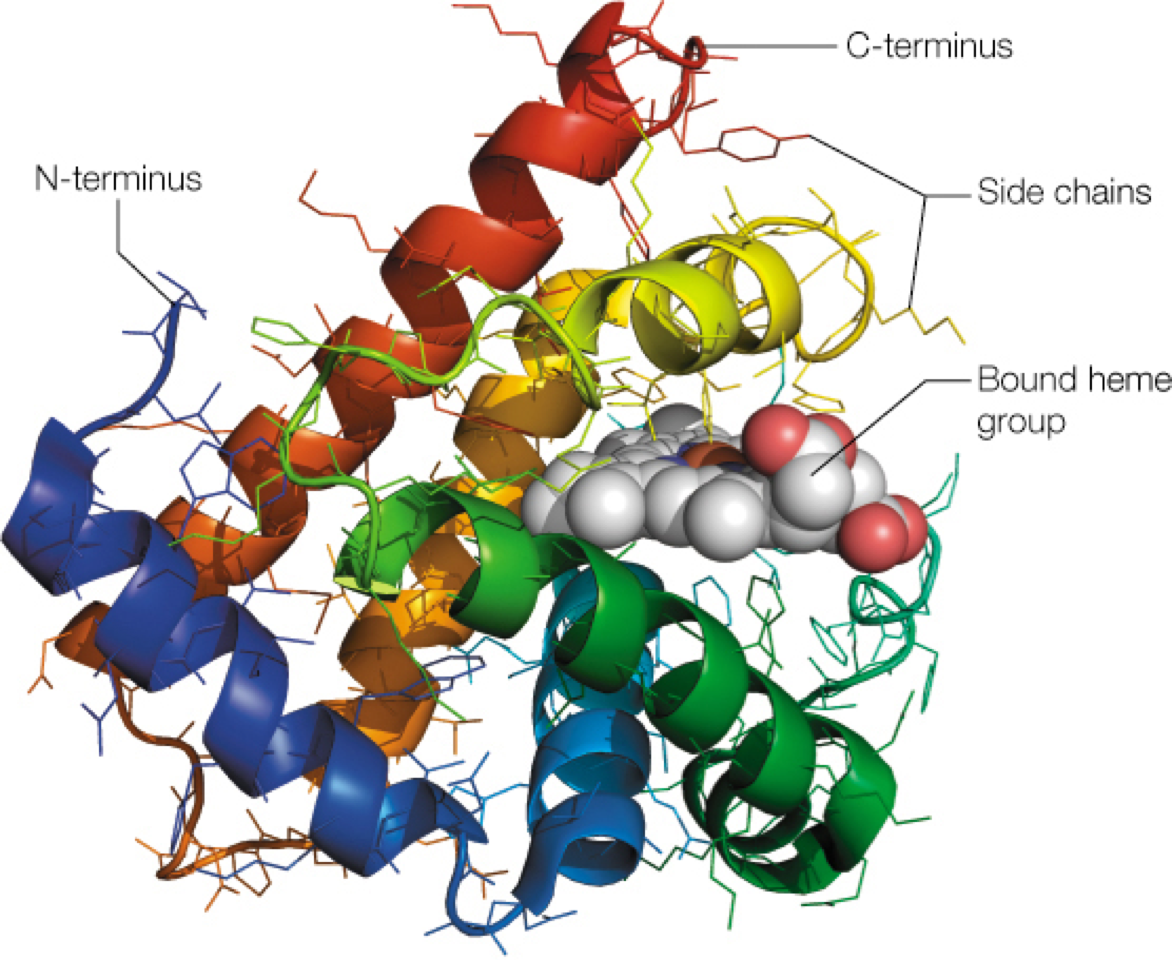
LEARNING OUTCOMES
After completing the courese, the students should be able to:
- explain how enzyme catalysis works (on a very fundamental level: drawing "reaction coordinate vs. free energy" diagrams)
- name different methods for protein engineering and evaluate their potential
- draw chemical reaction mechanisms relevant for biochemistry ("pushing electrons")
- describe the composition and reactivity of important biomolecules
- visualize the 3D structure of proteins via the softwar PyMol
- present scientific concepts to peers
- search and evaluate state-of-the-art science
Credits: 5
Schedule: 06.09.2022 - 17.10.2022
Teacher in charge (valid for whole curriculum period):
Teacher in charge (applies in this implementation): Silvan Scheller
Contact information for the course (applies in this implementation):
CEFR level (valid for whole curriculum period):
Language of instruction and studies (applies in this implementation):
Teaching language: English. Languages of study attainment: English
CONTENT, ASSESSMENT AND WORKLOAD
Content
valid for whole curriculum period:
Repetition of fundamental chemistry related to biochemistry. Revision of amino acids and non-covalent forces responsible for the 3D structure of proteins (going more into detail than CHEM-A1310 or CHEM-C1300). Bioenergetics (thermodynamics relevant for biochemistry). Theoretic analysis of enzyme catalysis. Draw reaction coordinates and interpret them. Principles of how to develop an enzyme inhibitor. Enzyme kinetics with one substrate. Comparison of enzyme catalysis vs. classical catalysis. Cofactors. Enzyme engineering and selected strategies to do this, including directed evolution. Biocatalysis and applications.
Assessment Methods and Criteria
valid for whole curriculum period:
Exercises
Group work
Exam
Workload
valid for whole curriculum period:
Total 135h = 5cr
Lectures 24 hExercises 10h
Assignments or exercises 36 hGroup work 30 h
Other independent studying 32 h
Exam 3 h
DETAILS
Substitutes for Courses
valid for whole curriculum period:
Prerequisites
valid for whole curriculum period:
SDG: Sustainable Development Goals
3 Good Health and Well-being
4 Quality Education
7 Affordable and Clean Energy
12 Responsible Production and Consumption
FURTHER INFORMATION
Further Information
valid for whole curriculum period:
Teaching Language : English
Teaching Period : 2022-2023 Autumn I
2023-2024 Autumn IEnrollment :
The enrollment deadline ends 7 days before the first lecture.
A course implementation may be cancelled if the number of students enrolled to the course implementation does not meet the required minimum of five students. In the case of cancelled course implementations, the students enrolled to them must be provided with an alternative way of completing the course or be advised to take some other applicable course.
